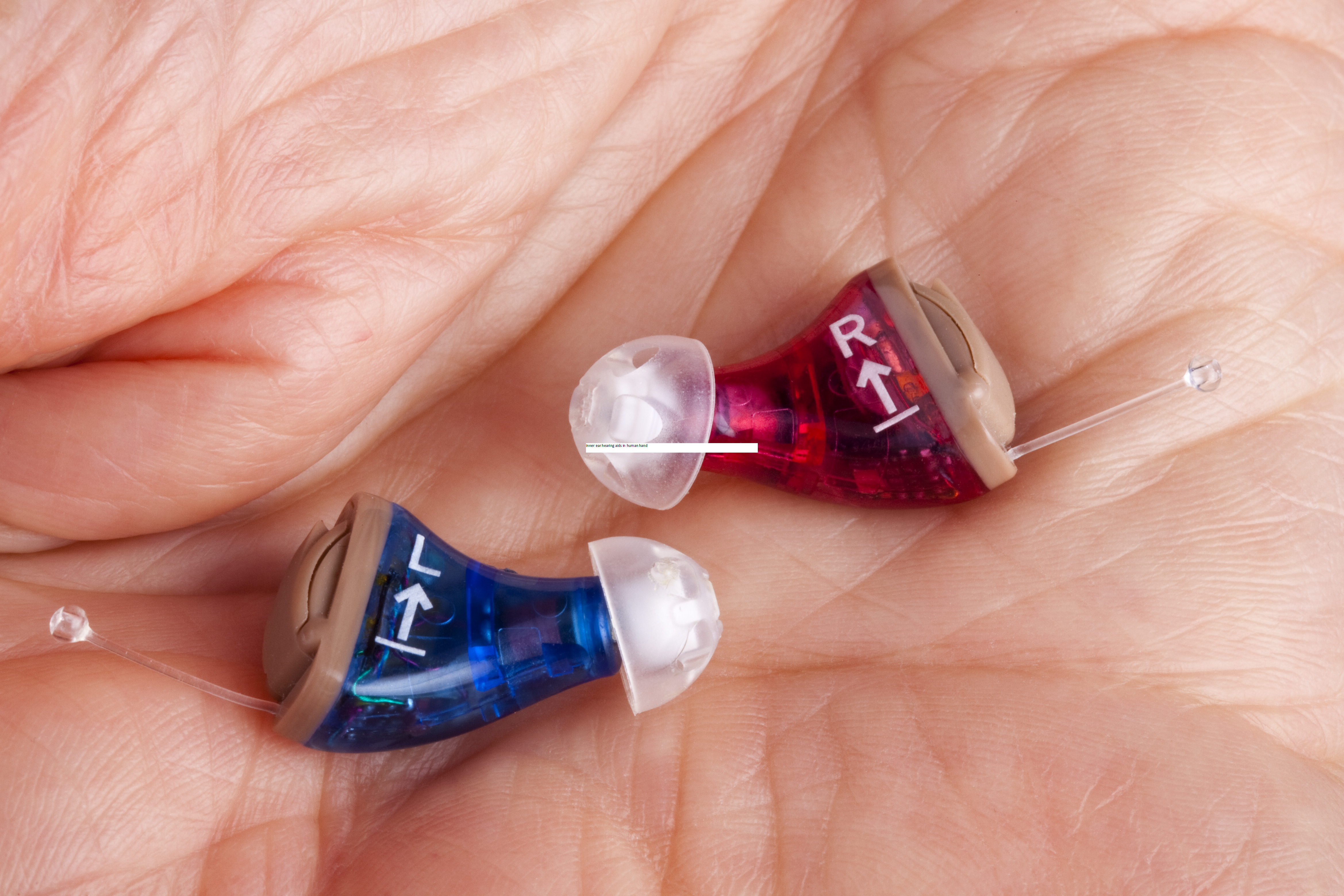Glucose monitoring is an important component of diabetes management, but what should employers do when the way an employee manages their condition is in conflict with a policy?
Here is an example:
Shannon uses a smartphone compatible glucose monitor to help manage her diabetes. Her employer has a policy forbidding the use of cell phones and other Bluetooth enabled devices due to security concerns. Shannon requests that the employer modify this policy as a reasonable accommodation.
Thanks to the rise in smartphone and Bluetooth technology, these scenarios are becoming more commonplace. Glucose levels are commonly measured using a blood glucose meter (BGM) or a continuous glucose monitor (CGM). BGMs provide a snapshot of the user’s glucose levels at the time of testing, while CGMs provide continuous feedback. The most effective approach for a particular person will vary according to their individual needs. However, continuous monitoring can be beneficial for individuals whose blood glucose levels fluctuate rapidly or unexpectedly. Some monitoring systems are being designed to work in conjunction with the user’s smart devices. The Dexcom G6 CGM System is one example. The system consists of a sensor that is worn underneath the skin, a transmitter that sends data to the user’s chosen display device, and a receiver that can display real-time glucose information. By pairing a smartphone with the Dexcom system, the user can receive alerts when there are significant changes in glucose levels, and these results can be shared with health care providers as well.
BGM users also have a range of smartphone compatible devices to choose from. The Dario All-In-One Smart Glucose Meter is a system that relies largely on smartphone connectivity. This system comes with a blood glucose monitor that can be plugged directly into the user’s smart device via headphone jack. Once the monitor is connected, the device automatically logs blood glucose levels into the Dario mobile app. This system also relies on the user’s smartphone for power, as the device does not contain a battery. In addition to the Dario system, there are many glucose meters with Bluetooth connectivity.
Individuals using traditional glucose monitors may still choose to use apps for tracking and management purposes. Apps like Glucose Buddy and Glucool Diabetes let users record their blood glucose levels, food and medication intake, exercise activity, and more. These apps also include reminders that can help the user adhere to their medical regimen.
Returning to the earlier accommodation example -- employers may need to consider making a policy modification as a form of reasonable accommodation for employees using smartphone compatible monitoring systems and apps. Data security is a commonly expressed concern. Employers may want to contact the manufacturer of the system in question for details on how data is transmitted between the monitor, smartphone, and/or other receiver in order to assess whether any security concerns rise to the level of undue hardship as defined by guidance from the Equal Employment Opportunity Commission (EEOC).
In many ways, accommodating an employee who uses a smartphone app to manage diabetes may be similar to accommodating any other employee with diabetes. Accommodations such as modified schedules, time and space for testing and meeting dietary needs, as well as storage space for medication supplies and food may be needed. However, the introduction of a smart device such as a smartphone or tablet may be problematic in settings that have policies that prevent the use of mobile devices or Bluetooth enabled technology in the workplace. These policies tend to be more prevalent in secure settings or in work situations where distractions need to be limited for safety or productivity reasons. Modifications to smart device and/or Bluetooth policies may be helpful in allowing an employee who needs to use an app to manage their diabetes and be effectively accommodated.
Individuals with diabetes and their medical teams have many options to choose from when selecting tools for diabetes management. Since the effectiveness of a particular tool will vary from person to person, employers should be wary of asking employees to change their method of management without input from a medical professional. From a practical standpoint, employers may want to stay informed about the range of options available to individuals who are managing their diabetes. Awareness may help employers to prepare for potential policy and security issues, identify accommodation options such as policy modification, and provide appropriate training to managers and supervisors. Remember, JAN consultants are available to provide one-on-one guidance on specific employment situations.










